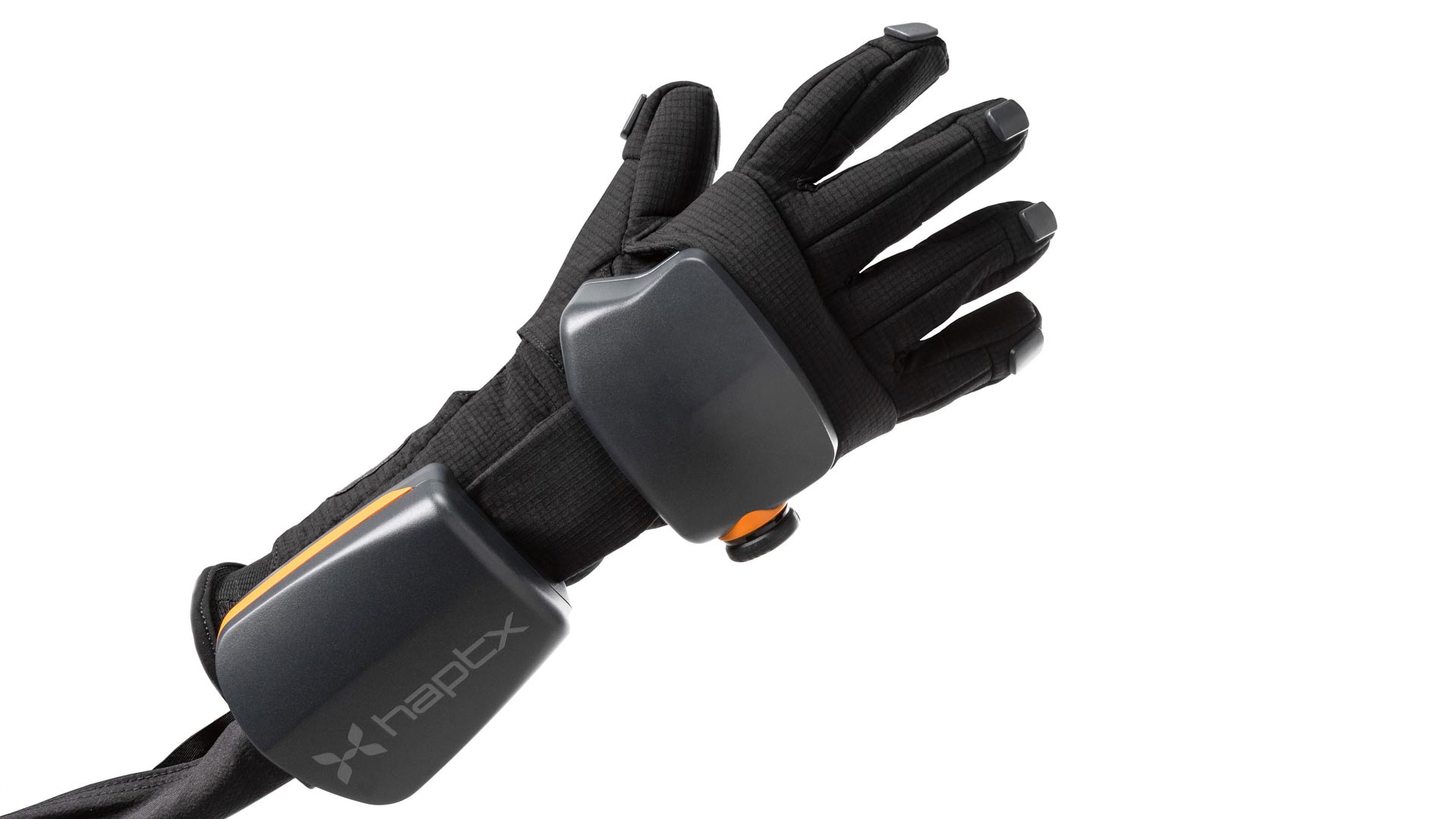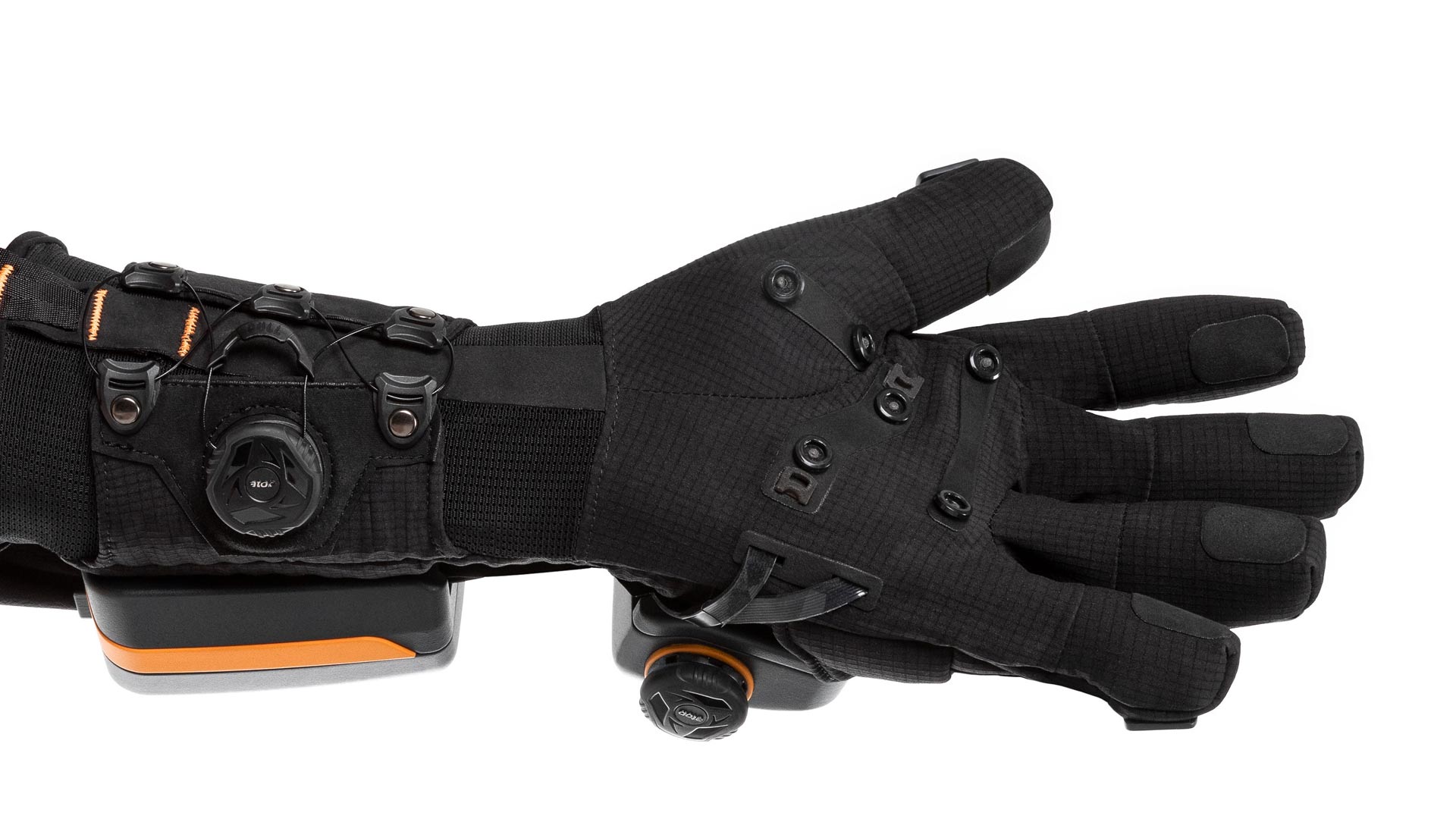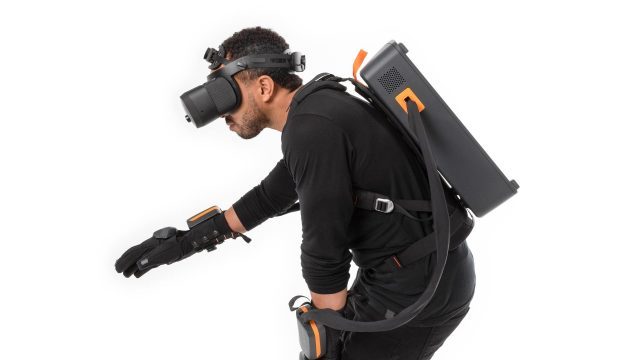HaptX, the company known for its haptic gloves, today announced it’s launching pre-orders for HaptX Gloves G1, a cheaper and more refined haptic glove device that’s squarely targeted at businesses.
The company says the new device includes a number of improvements over its HaptX Gloves DK2, which it launched in early 2021 for enterprise. It’s said to include improved ergonomics, multiple glove sizes, wireless mobility, and improved haptic functionality.
Above all though, the company has improved the device’s price point, with pre-orders launching today for as low as $4,500 with the purchase of multiple units.


And that’s a far sight better than DK2. Although prices for DK2 weren’t public information, we learned it initially sold for tens of thousands of dollars per unit back at launch in 2021. Whatever the case, the company says its selling G1 at “a fraction of the cost” of the HaptX Gloves DK2.
How do HaptX Gloves G1 work?
To replicate the sense of touch, G1 does two fundamental tasks. It includes hundreds of microfluidic actuators that individually balloon out to displace your skin, which creates a sense of touch that goes beyond the sort of experience provided by buzzing haptic actuators found in VR controllers. It also provides force feedback so hand-held virtual objects have a sense of solidity, which is done by physically stopping your finger when it reaches the boundary of a virtual object.


In our 2018 hands-on with the company’s device, we called it capable of creating “brief moments where you really feel like you’re touching something that isn’t actually there.”
Here’s an excerpt from Road to VR’s Ben Lang describing his experience with HaptX gloves:
For one, I know when my virtual hand is coming in contact with the virtual object beyond simple visual verification because I can feel it pushing against my finger tips. This means it’s clear to me that the object is responding to me and able to be gripped.
But it’s the force feedback which ultimately seals the deal, because by stopping my fingers at roughly the correct points in space means I can then rely on entirely natural physical manipulations, like subtly rotating the cube with two fingers (the way that you might twist a knob). Without the force feedback, I’d need to make a mock grabbing gesture in order to keep my fingers in the right place (which feels very unnatural), or rely on an unnatural abstracted gesture to make the system understand that I wanted to grip, but then I’d need to figure out new means of manipulating the object with that gesture instead of interacting with the object as if was truly there.
Since the gloves require compressed air to inflate those microfluidic actuators, the gloves come along with what the company calls an ‘Airpack’, a wireless backpack that can either be worn for room-scale interactions or placed on a desk for seated and standing. The company says Airpack can work up to three hours on a single charge without connection to external air or power.
In comparison to the company’s earlier DKs, HaptX Gloves G1 is certainly sleeker, although there’s simply no getting around the bulk of wearing an air compressor it seems. Here’s a look at DK2 for comparison:
Like DK2, the G1 Airpack doesn’t include onboard computing—you’ll either need to bring your own computer and tethered PC VR headset or wireless solution.
Pre-order Pricing & Delivery
Starting today, HaptX is letting businesses reserve an individual pair of HaptX Gloves G1 for $5,495 or a bundle of all four sizes for only $4,500 per pair, which includes small, medium, large, and extra-large sizes. Each HaptX Subscription includes an Airpack, the HaptX SDK, and enterprise-focused service and maintenance plan. The HaptX subscription starts at $495 per month.
HaptX is targeting a Q3 2023 launch, and is taking deposits now which will determine a shipment priority date, as well as lock-in what the company calls “discounted pre-order pricing.” There’s no word on what the unit will cost after pre-orders are done.
In the meantime, check out the launch video below:

